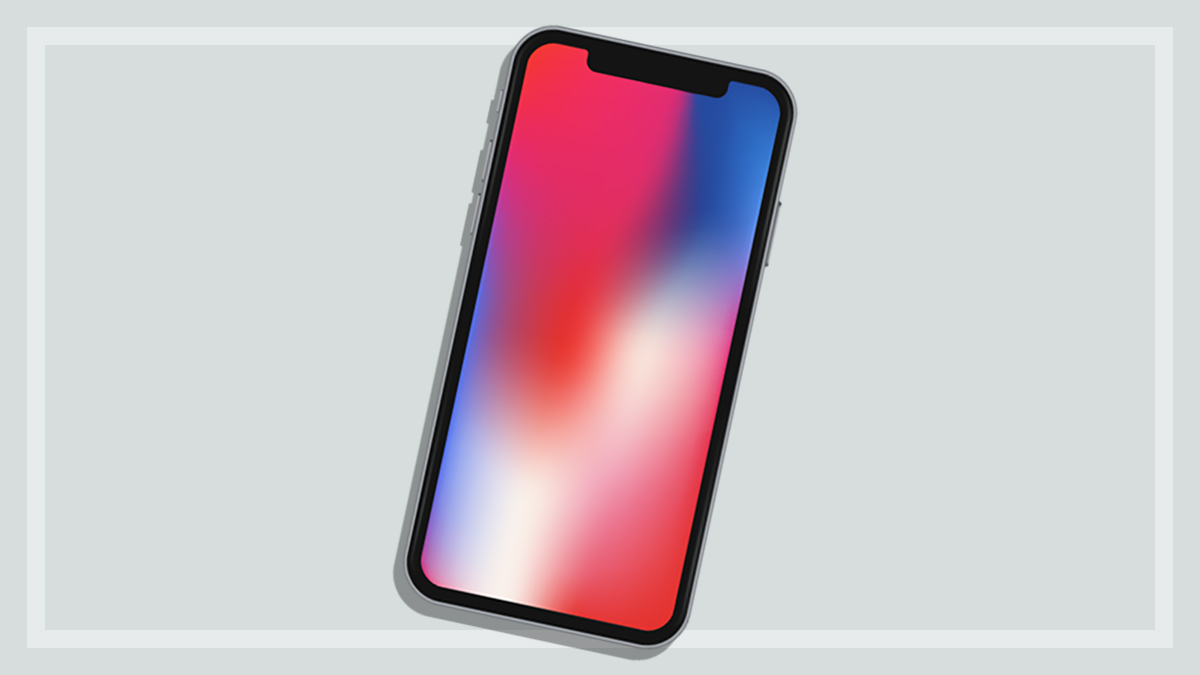Get our independent lab tests, expert reviews and honest advice.
Why 5G isn’t a health hazard

Need to know
- 5G is only available on the Telstra Network, in capital cities and major regional centres
- Optus and Vodafone are in the middle of a very limited rollout with more information expected by the end of 2019
- Critics are citing health and safety concerns with the technology, but scientists say it's harmless
What is 5G?
Like 4G and 3G before it, the G stands for “generation” – so 5G is the fifth generation of mobile network technology. The technology itself is a faster way of transmitting data from mobile towers to your phone, car or whatever 5G device you have.
Why you should want 5G
The allure of 5G is speed – not so much in pure data transmission speeds (5G can reach speeds 10 times faster than 4G), but in terms of latency. If you have a button that performs a function, latency is the time between pressing the button and the function starting. You want this time to be as short as possible.
The example used most often is self-driving cars. The car needs to transmit all the road information and get decisions on that information as fast as possible – you don’t want there to be any lag in the car figuring out if it should stop or not.
As with the car, 5G is going to be incredibly useful for internet-connected devices, such as transit and utility systems, which will automate our cities and communicate faster and more reliably with our personal devices.
To put it bluntly, 5G is not harmful.
These devices need an uninterrupted 5G connection, which means the new networks will be everywhere. This has led some to wildly speculate on what that means for our health.
The myths
Firstly, don’t get your science information from Facebook. It’s full of scams and people desperate to prey on your fears so they can get clicks and sell stuff. I took a look through a handful of the dozens of anti-5G Facebook groups that have sprung up, and the claims are at best unsubstantiated and at worst fabricated.
The most common claim is 5G will harm you. This seems to be based on a misunderstanding of electromagnetic waves and the energy levels of these signals.
The science
The science is simple, but does require explanation. Dr David Krofcheck, senior lecturer at Auckland University Department of Physics, provides a good overview. But first, some background information:
Electron volts (eV) are units of energy equal to 1.6×10-19 joules (0.00000000000000000016 joules). Electron bonds are what keep molecules together, and to break an electron bond you need more energy than is holding it together.
All good? OK, let’s do some science with Dr Krofcheck!
“5G frequencies are non-ionising radiation, which means they cannot remove electrons from DNA or other chemical structures in the body. Electromagnetic waves in the frequencies used by 5G between 3.5 and 24 GHz carry 10-5 to 10-4 electron volts (eV) of energy (0.00001eV to 0.0001eV).
“These energy values are at least 100,000 to 1,000,000 times less energy than that of typical electron bonds in human biology – 1 eV to 10 eV. In contrast, the energy from visible sunlight is 10-3 eV (0.001eV) and ultraviolet light around 140 eV. Which is why you can be sunburned.”
Non-ionising radiation also doesn’t have a cumulative effect on the body, unlike ionising gamma or X-rays. Plus, a report by the Australian Radiation Protection and Nuclear Safety Agency stated: “epidemiological studies investigating occupational and environmental exposure from RF transmitters since 2000 have not altered the conclusion that no detrimental health effects have been observed consistently in such studies.”
Or to put it bluntly, 5G is not harmful.
This article was originally written by Hadyn Green for Consumer NZ and republished with permission. Content that was not relevant to Australia has been removed.






